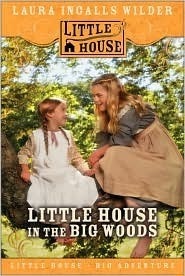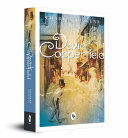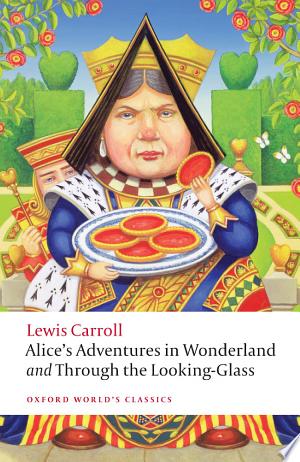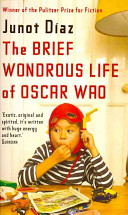
"Little House in the Big Woods" Summary
classics | 198 pages | Published in 1932
Estimated read time: 3 min read
One Sentence Summary
A young girl and her family experience the joys and challenges of pioneer life in the Wisconsin woods.
Table of Contents
Introduction
"Littler House in the Big Woods" is a classic children's novel written by Laura Ingalls Wilder. It is the first book in the "Little House" series, which is based on Wilder's childhood and her family's adventures as pioneers in the American Midwest. The story is set in the late 19th century and offers a charming and heartwarming portrayal of pioneer life.
Brief Synopsis
Plot Overview and Setting
The story is set in the big woods of Wisconsin and follows the daily life of the Ingalls family. The family consists of Charles and Caroline Ingalls and their three young daughters, Mary, Laura, and Carrie. The book provides a detailed account of their daily activities, seasonal chores, and special occasions, offering a glimpse into the simplicity and challenges of pioneer life.
Main Events
Chapter 1: Little House in the Big Woods
The story begins with a description of the Ingalls' log cabin in the woods and introduces the family's daily routines. The family prepares for winter by hunting, preserving food, and making household items.
Chapter 2: Winter Days and Winter Nights
The narrative continues with a focus on the family's activities during the winter months. They engage in various tasks such as smoking meat, making cheese, and celebrating Christmas.
Chapter 3: The Long Rifle
The chapter highlights Charles Ingalls' skilled marksmanship with his long rifle and the family's reliance on hunting for food and survival.
Chapter 4: Christmas
The family celebrates Christmas with homemade gifts, a special meal, and joyful festivities.
Chapter 5: Sundays
The importance of Sundays in the family's life is emphasized, with a description of their religious observances and leisure activities.
Chapter 6: Two Big Bears
The family encounters two bears near their home, leading to an exciting and dangerous encounter.
Chapter 7: The Sugar Snow
The arrival of spring brings the tradition of making maple syrup, and the family participates in the process of collecting sap and producing syrup.
Main Characters
| Character | Description |
|---|---|
| Charles | The father and head of the Ingalls family |
| Caroline | The mother and nurturing presence in the family |
| Mary | The eldest daughter, responsible and caring |
| Laura | The adventurous and spirited protagonist |
| Carrie | The youngest daughter, full of curiosity |
Themes and Insights
The book explores themes such as self-sufficiency, family unity, and the beauty of simple living. It provides insights into the challenges and joys of pioneer life, emphasizing the importance of hard work, resourcefulness, and togetherness.
Reader's Takeaway
Readers will be captivated by the charming depiction of pioneer life, the strong family bonds, and the resourcefulness of the Ingalls family. The book offers a nostalgic and heartwarming journey into a bygone era, inspiring readers to appreciate the value of simplicity and the strength of familial relationships.
Conclusion
"Littler House in the Big Woods" is a delightful and informative narrative that immerses readers in the daily life of a pioneer family. Through vivid descriptions and endearing characters, Laura Ingalls Wilder creates a captivating portrayal of a bygone era, leaving a lasting impression on readers of all ages.
Little House in the Big Woods FAQ
What is the genre of 'Little House in the Big Woods'?
Is 'Little House in the Big Woods' suitable for children?
What is the setting of 'Little House in the Big Woods'?
Is 'Little House in the Big Woods' based on a true story?
What age group is 'Little House in the Big Woods' recommended for?




